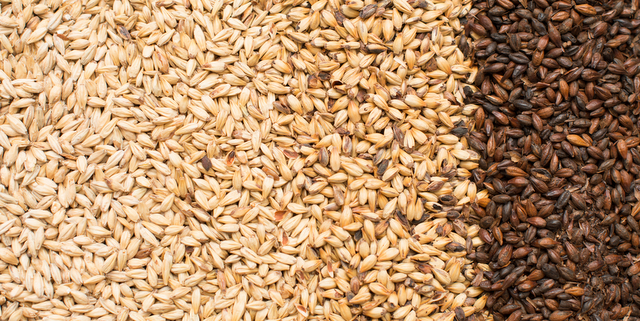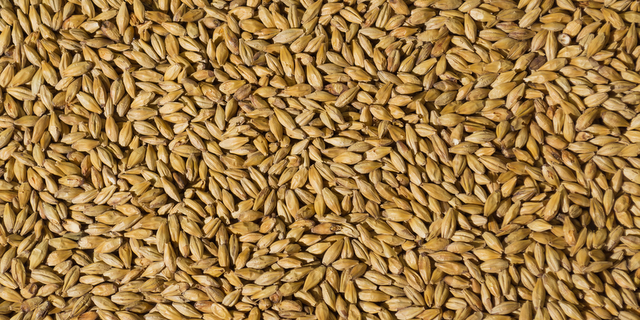
The North American malting barley industry has undergone some significant changes in the last quarter century. There has been a decline in the area planted to barley, particularly feed types, an increase in direct contracting with producers and a shift toward two-row varieties.
The industry was founded on the production of six-rowed varieties. Early production was concentrated near the large brewing centers in the eastern half of the continent and growers found that the available six-row varieties performed best in these humid regions. Brewers too, favored these varieties which had quality attributes best suited to making the beer that the public was drinking. They had higher levels of enzymes that aided in the smooth processing of these beers. The major drawback was that they had smaller kernels and it took a little bit more six-row malt to yield the same amount of beer.
Barley production began to increase in the semi-arid plains in the middle of the twentieth century where two-row varieties were better adapted. The industry supported research that led to higher enzyme levels and other improvements to two-row varieties, and plantings began to increase. By 1987, more area was seeded to two-row varieties than six-rows in Canada. It took longer in the United States, but by 2009, two-rows dominated here as well. A major reason why the switch happened in Canada sooner, was the large volumes of malt and malting barley exports to a world market in which two-row types dominate.
While there is still a large area in North Dakota and Minnesota where six-row varieties still predominate, efforts by barley breeders Richard Horsley, North Dakota State University (NDSU), and Kevin Smith, University of Minnesota, are underway to develop spring and winter two-row malting varieties that perform well in the region.
“We will continue to evaluate six-row selection in the breeding pipeline, but are excited with the two-row lines coming through these programs,” noted Michael Davis, president of the American Malting Barley Association. “Our members have made it clear that this is the direction that they want to go in the long term.”
There have been several two-row malting varieties released by NDSU with each showing improved agronomics and quality over the previous one. The latest is ND Genesis and was recommended to growers for malting in 2016.



Leave a Reply
You must be logged in to post a comment.